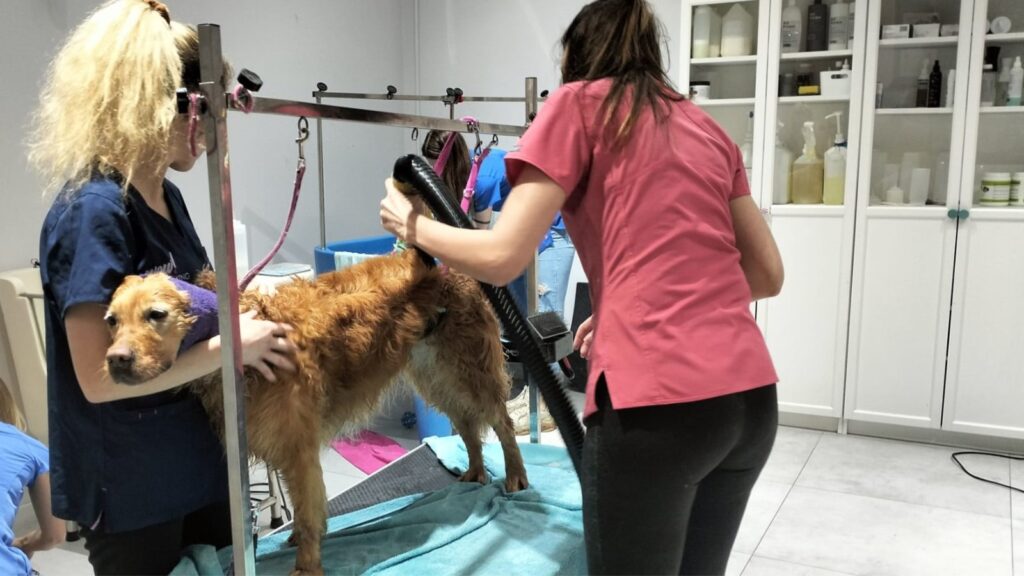
After many hardships, with wounded paws, rescue dogs from the Polish Heavy Search and Rescue Group HUSAR returned to the country together with their guides. Now they are waiting for rest and convalescence.
When asked how the work of 8 dogs from the Polish Heavy Search and Rescue Group HUSAR looked like, brig. Karol Kierzkowski, spokesman for the Chief Commander of the State Fire Service, replies: “It is very hard and tedious work. These dogs work by smell, they are very helpful and very quickly search the rubble. It is like ‘fun’. The training process is about that that it is ‘fun’ to find people. It keeps them motivated and a lot of fun.”
“The rubble is a dangerous environment for these dogs. They can get injured there” – notes brig. Kierzkowski stressing that “those dogs that were in Turkey had wounded paws, abrasions”. “It was a very exhausting job for them. We needed these dogs practically all the time. They had little rest, but you know – everything within reason” – he reports.
“These dogs were very helpful, because thanks to the dogs, it is possible to quickly locate where people may be buried. If there is confirmation that they are, then the technical team can access the injured people and clear the rubble. As a result, these twelve people were found” – he points out. What exactly were the procedures like? “We received signals from the local population whether someone might be there. Then the standard procedure is to let the dogs through the rubble. One dog picks up something, marks it, the other confirms it. If we have confirmation, then we additionally locate, for example with a speculum camera, we try to see what can be done and the arduous process of accessing those people who are under the rubble begins. In one case, it took us over 20 hours. Dogs are invaluable and, above all, the fastest” – he states.
Asked how the rescue dog alerts that there is someone under the rubble, brig. Karol Kierzkowski explains: “He barks, but it is a specific bark, unique. The handler recognizes that it is not barking for fun or any other reaction, but it is a trained bark. Then you know that someone is there, that the dog shows that he feels someone”.

The process of training a rescue dog is very long and tedious. “To pass rigorous and difficult exams, a dog needs a minimum of two or three years” – says brig. Kierzkowski. “There are two such exams: one for searching in the field (forest, meadow), the other is rubble (1st and 2nd class). For a dog to be able to work during construction and technical disasters, for example after an earthquake or gas explosion, it must have this exam and certificate, i.e. we know that this dog has proven skills, qualifications and is admitted to rescue operations in the fire brigade. You have to work with such dogs every day – what the guides emphasize – it’s even two or three hours of training a day, of course grooming and a proper diet” – brig. Kierzkowski adds.
“It is a very complicated process, but the guides of these dogs are passionate. They are really great at dealing with this topic and are happy. These dogs live with guides. You can say that such a dog is a member of the family” – the spokesman for the Headquarters of the State Fire Service notes.

Rescue dogs that returned from a rescue operation in Turkey were under the care of a veterinarian. “They need some rest, a few days to a week, depending on what the vet recommends. I saw that special protective boots were put on, because there are a lot of sharp elements in the rubble and the dogs get injured during work, so vet care is immediately. Now that the dogs had returned, there was grooming, washing and a general health check” – says Brig. Kierzkowski. “I think a week or two of rest and then they will be able to work and help people” – he estimates.
Anna Wiejak
Photo: State Fire Service
